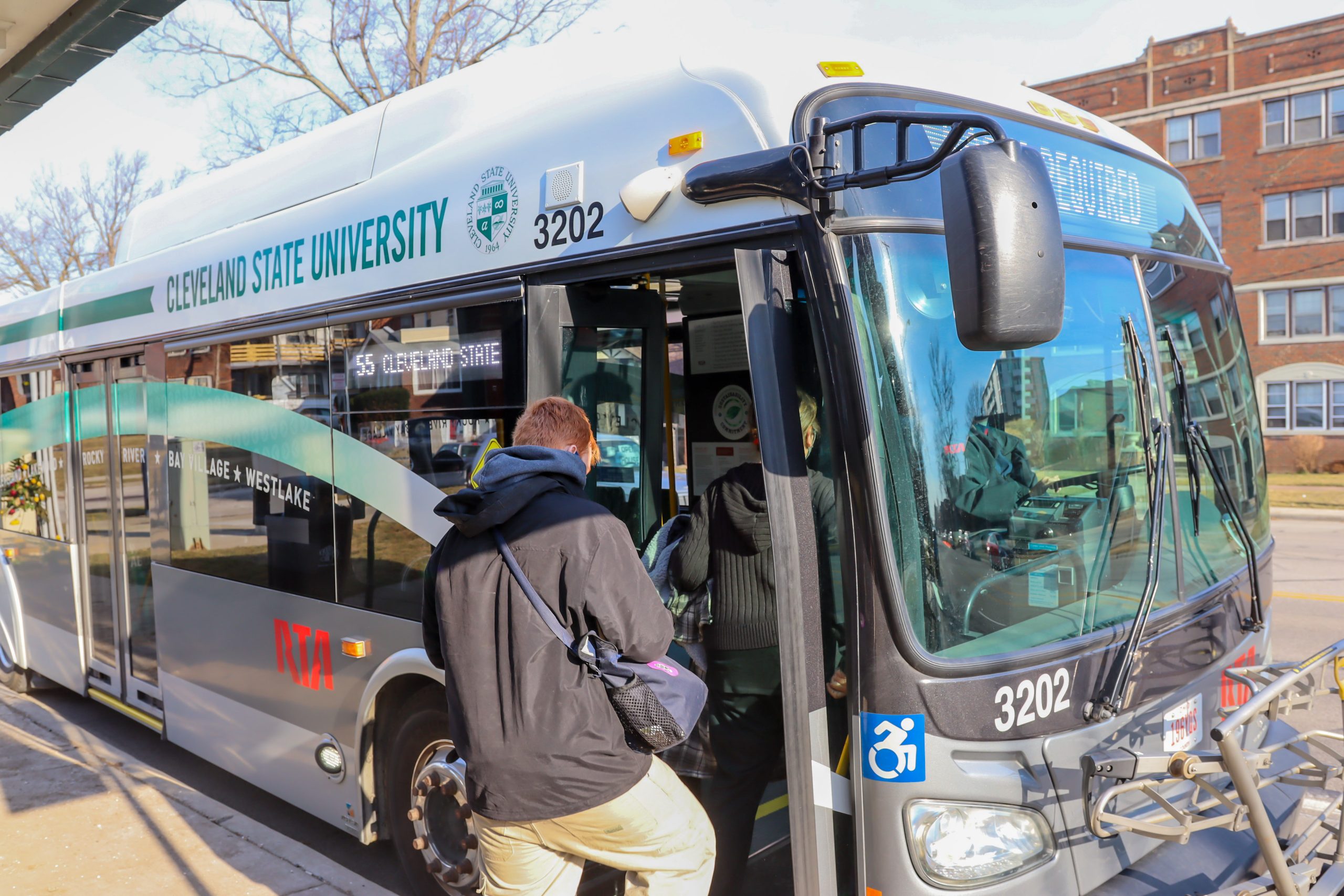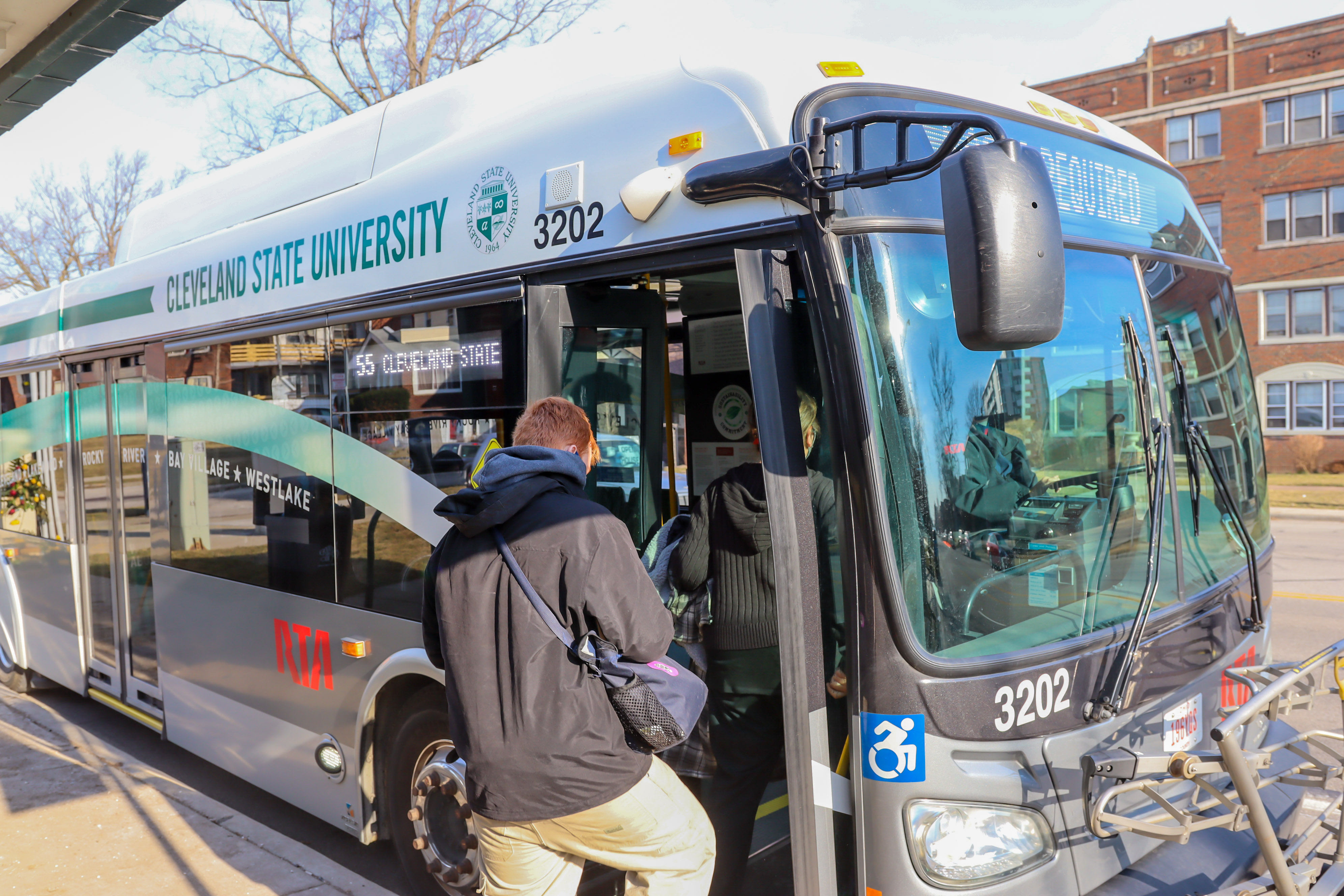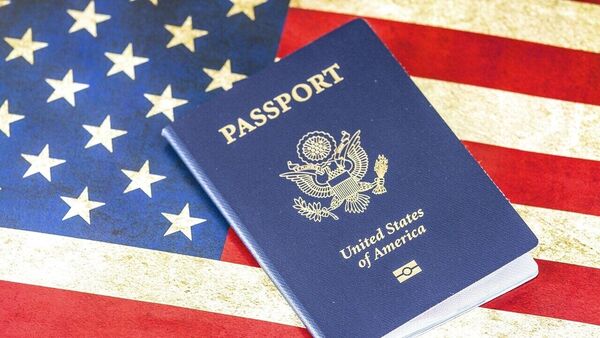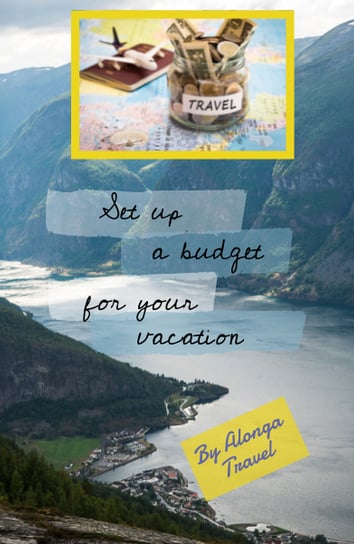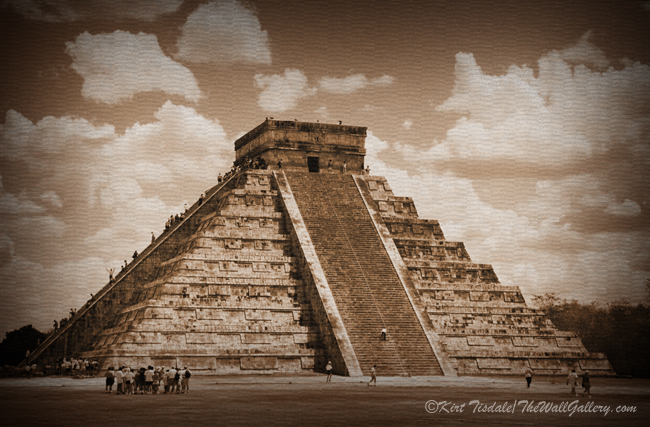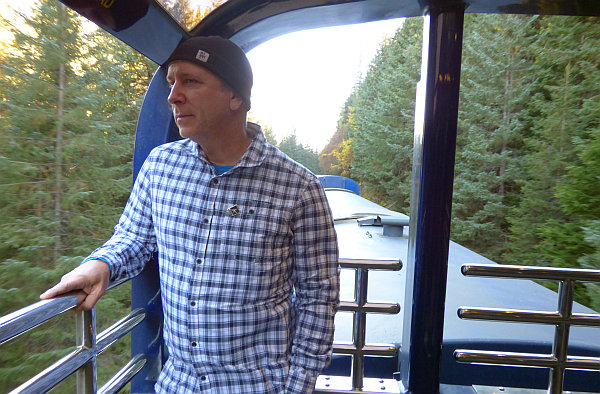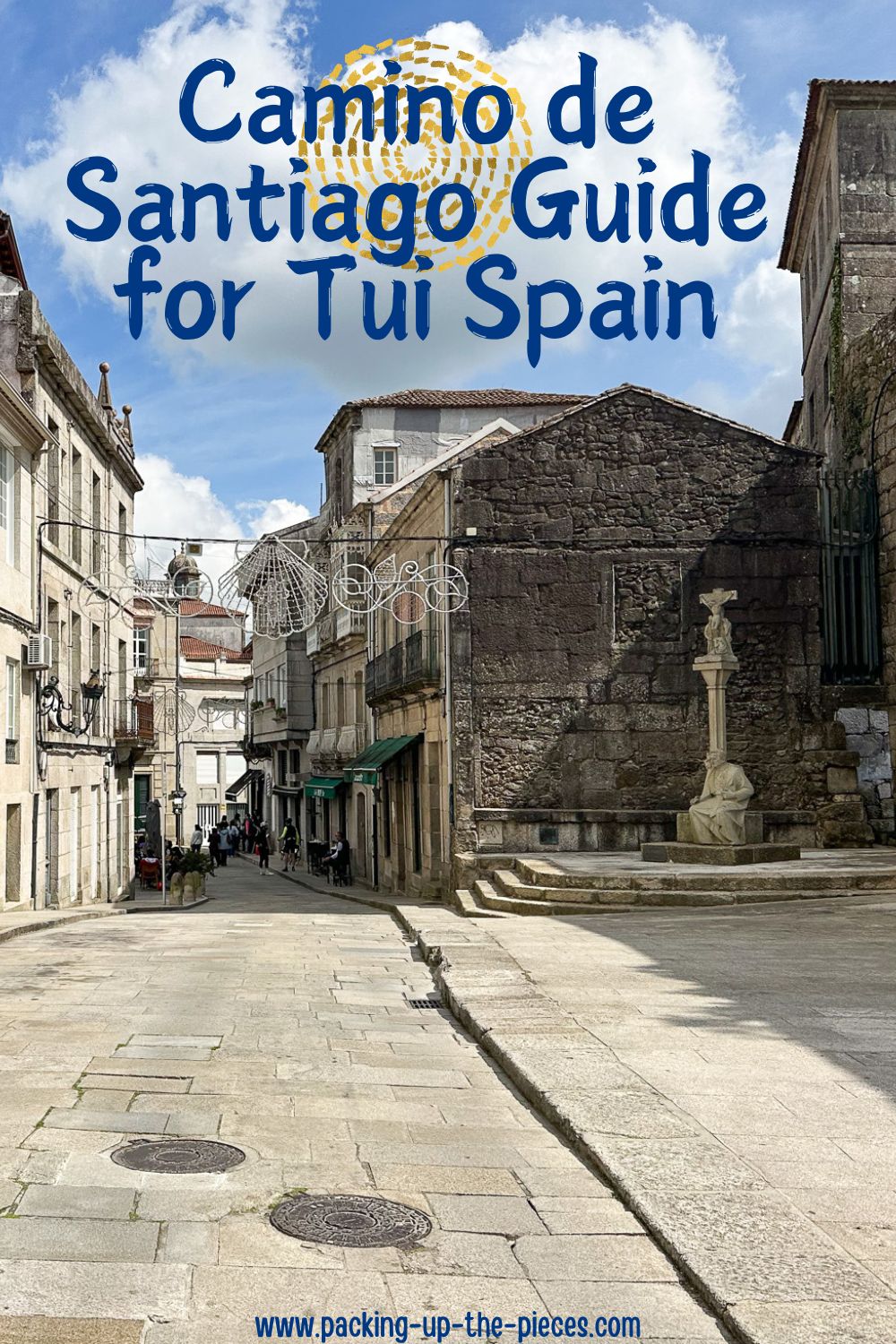
Outdoor apparel brands frequently emerge and fade away, whereas some are able to endure for years due to their reliability and a loyal base of satisfied consumers. A brand that seems to be widely admired by those who love the outdoors is Kuhl clothing (formally written as KÜHL).
I didn’t encounter Kuhl frequently until I began venturing onto the ski slopes of the Rockies more regularly, after which I started spotting their gear everywhere. Whether it’s apres-ski in the winter, trekking through the mountains, or enjoying some craft beers at a pub, in the Rockies, you’re almost guaranteed to find at least one individual sporting one or two of their items. If you inquire about their thoughts on it, they’ll likely share how well that piece has lasted or mention that they own those pants in another shade.
I wanted to determine if the buzz surrounding the brand was justified, so I packed five Kuhl clothing pieces into my suitcase for a two-month European adventure in the fall. I arrived in Amsterdam on October 24 and returned from Madrid on December 24, wearing something from this brand almost daily throughout the nine countries we traveled through.
Kuhl Pants: Ideal for Travel and Built to Endure
This brand started with robust shorts designed for rock climbers, and they have maintained a reputation as the go-to for shorts or pants that you can rely on for ten years or more.
Kuhl’s acclaim for long-lasting clothing is attributed to their meticulous craftsmanship, premium materials, and rigorous testing before launching products. In their bottoms, they typically use reinforced stitching methods and strategically positioned fabrics to increase durability in high-pressure areas. It will take a considerable effort to wear these pants down, based on my experience with the two recent pairs I tried out.
I took along the Resistor Chino and the Free Radikl pants for my European journey. The only occasions I wore something different were when dining at a nice restaurant (where I donned my Western Rise pants) or when I was particularly concerned about theft on the streets (in which case I wore my Pickpocket Proof Pants).
Most of the time, I had one of these pairs on, and as noted in the video later in this article, the Resistor Chino pants feature a zippered pocket at the back, so I felt reasonably secure with my wallet stored there. They also come with an extra-long pocket on the side that was perfect for the reading glasses I require for small print in dim areas, such as menus.
The Resistor Chino material mimics cotton, but it includes a bit of stretch due to the addition of nylon and spandex. They are also treated to repel water, which I appreciated when my water bottle leaked on my leg one day and the liquid just beaded up. Additionally, a few drops of red wine spilled on them, which would typically be a permanent stain, but not in this case.
The Free Radikl pants are styled more like rugged hiking gear; they are lightweight yet tough and dry relatively quickly after washing. They are available in regular or tapered fits and feature articulation and breathable stretch panels, reinforced stitching that won’t easily come apart.
With six pockets, including an extra long pocket on each side, they can also accommodate a multi-tool, pocket knife, or a cell phone, provided it’s not too wide.
I’m reluctant to link to specific product pages as styles and URLs frequently change, so visit their pants page for further details. Indeed, they offer numerous options for women as well.
Kuhl Tops and Jackets
During the 2010s, I owned a Kuhl sweater that I appreciated greatly, but amidst various relocations to warm climates, it was misplaced. However, on this two-month journey through Europe, I wore three new items from them that I truly enjoyed.
The piece I wore the most throughout the cool months of November and December was the Team Merino Quarter Zip sweatshirt. It has a soft and cozy feel, offers substantial warmth, and can be worn extensively between washes due to the beneficial properties of merino wool. This is
